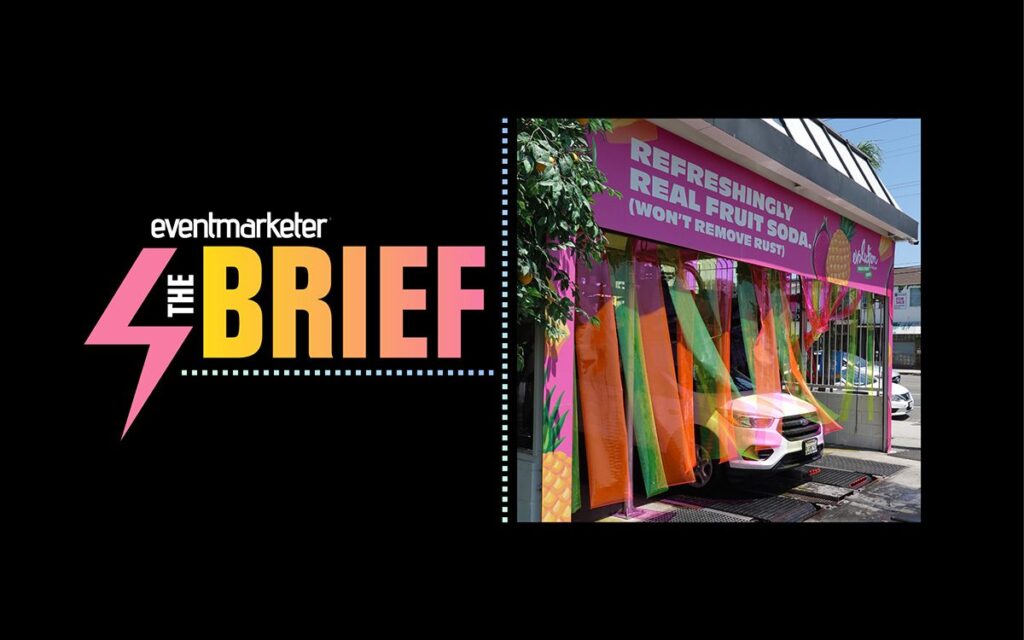For marketers, the beginnings of any technology or company speak volumes about its future. So to understand how something will evolve ask the Genesis Question: What was the original problem the creator/inventor solved? The answer most likely defines the strengths, weaknesses and roadmap of a company or product for a long period of time. Consider any product from the iPod to a cell phone to a medical device to a bottle of mustard: every generation focuses on making the original idea just a little bit better. Even Yahoo!, originally a directory service for links, still remains very much in that mode today compared to Google’s focus on organizing information, even though both are often thought of as search engines.
So to answer the question “What does the future hold for the Internet?” or “What does it mean to be Web 2.0?” it is best to start with an understanding of how we evolved. A bit of history and a dose of literary license illustrate the development of the Internet over the past six decades. The history part comes from Internet timelines while the literary side comes from the story of creation as told in Genesis.
In the beginning, there was chaos and only a handful of computers, each unaware of the others. So, the thinkers decided to do something about it.
- Day 1: Evening and Morning – 1950s: In response to the launch of Sputnik and the Cold War the US decides to lead scientific and technical research with the establishment of (D)ARPA under the Department of Defense.
- Day 2: Earth and Sky – 1960s: First on the agenda was figuring out where things were located. This meant solving how to communicate between different locations and systems. By the end of the decade the universe consisted of four connected sites.
- Day 3: Plants – 1970s: The establishment of the @sign, e-mail, and chat transformed the barren land of bits into the basis of personal communication.
- Day 4: Sun, moon and stars – 1980s: rather than connect individual machines, the system evolved to become a galaxy of networked constellations. There are now 100,000+ hosts and the concept of domains has been introduced.
- Day 5: Fish and birds – 1990s: Things start to appear that represent the building blocks for use by people rather than use by application; the browser, ecommerce, shopping malls, banner ads, and search.
- Day 6: Beasts and man. – 2000s: People (and probably a few animals) take center stage as peer-to-peer, blogs, and social networks become center of attention and communities.
- Day 7: Rest. All is good and Al Gore rests.
Ok, maybe Al isn’t ready to rest because there are still numerous things going on in what is often termed Web 2.0 and beyond. But let’s stop and take a moment to look at where we are. In a nutshell then, the original jobs of the tools we commonly think of today as the “Internet” were as follows:
- Internet – ensure that computers can communicate in the event of disaster.
- Web/Browser – link and show things (documents) stored elsewhere
- Sites – a collection of information and activities that we might have interest in
- Search – find the items that the system thinks are relevant to me
Fundamentally, the Internet is still a collection of places you go to find or do something. And firms that make it easier to navigate the Web remain popular; whether they perform services like Orbitz or aggregate other content like OriginalSignal. In an effort to make sense of all these destinations tools like book-marking, tagging and folksonomy provide ways to organize and classify things according to individual or group preferences.
Many companies sprout up by taking what’s available and thinking in terms of what else could we do based on a given starting point? For example, Wikipedia took the above points and said, why don’t we let everybody collaborate on every project instead of sharing our own work with others? As a result of this insight editors no longer constrain the updating of encyclopedias and a whole new category of destinations was born. Because of linking between destinations a significant number of searches return wiki results at the top of the list.
Today the ability to mix, match and relax assumptions marks the hallmark of development of startups, particularly on the Internet. In fact, this flexibility is the foundation of what it means to be a Web 2.0 company. Tim O’Reilly, the originator of the term, defines the strengths of Web 2.0 firms as follows:
- Offer a service, not an application
- Own the data but make sure everybody has access
- Invite users to develop with you
- Exploit the power of crowds
- Use self-service to allow people you haven’t even considered a ‘market’ to join in
- Design for access, integration and use across any and all platforms
- Relax the rigidity around both development and business models
Web 2.0 companies build new things quickly and easily from an assortment of components. It’s been said that Twitter was originally coded in two weeks. Other examples of combining different components to new and interesting products:
- Lycos Cinema /Mix allows people to collaborate while watching a movie or editing video clips.
- StumbleUpon attempts to solve the riddle where a ‘media-gorged future needs a filter’ by using like-minded individuals instead of machines to find relevant results.
- Joost and Yahoo Pipes represent new ways of defining TV and building applications, respectively.
- Anyone of the 1,000+ mashups using Google maps like www.safe2pee.org or www.aboutairportparking.com.
- There are over 400 firms that have published their interfaces listed on www.programmableweb.com meaning at least 80,000 ideas for new companies.
But in the end it is still about going someplace, albeit sometimes together or as a community. The concept of destination remains inherent in Internet technology. “Go answer the phone” is the classic example of a destination being required because of technical limits, i.e. the land line as opposed to air waves. Frankly, we don’t want to call a place, we want to call a person. Now it is true that sometimes the place may be more important, e.g. asking if a store has an item in stock, but we usually want to contact someone, not somewhere.
Search takes us somewhere else and as the world’s largest travel agency Google touts a ridiculously low ‘time on site’ metric. Stickiness is often a good thing, but not for search engines.
This all leads to one of the issues with the Internet today. There are simply too many places to go. With over 100 million MySpace pages and 50 million blogs, how do we find things anymore? Such excessive choice retards exploration and seeking. Over-stimulation forces people to withdrawal with friends to familiar and safe territory. In one respect, this explains the popularity of social networks like MySpace and Facebook. People are saying “I don’t want to go somewhere. I want people to come to me.”
This concept applies to content and transactions as well. An opportunity exists to relax the destination assumption and instead bring functionality to where people congregate on the Internet. Content distribution, particularly of copyrighted video from sports teams, musicians, news organizations and the like, remains an elusive goal for many firms. Not only content, but lead forms and shopping carts also need to be put into new places including new forms of advertising. Imagine being able to view videos and buy tickets from a banner ad for the latest summer tour.
The marketer with a lot of content has a choice – entice people to come to their site which is an ever increasing expense, or relax the assumption about destination and focus on the distribution question.
Anthony Power is vice president interactive at Studeo and focuses on product positioning, particularly of innovative offerings. He can be reached at apower@studeo.com.
 Network
Network

